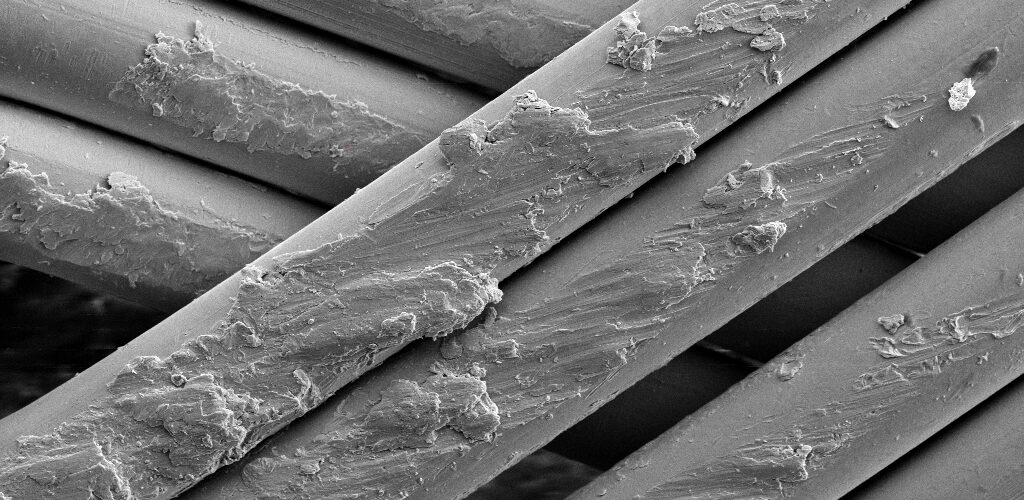Cold welding, also known as cold pressure welding, is a process where metals are joined together without the use of heat. Unlike traditional welding methods that involve melting and fusing materials, cold welding achieves bonding through high pressure and friction. This article explores the advancements in cold welding technologies and their diverse applications across industries.
Understanding Cold Welding
Cold welding relies on the principle of solid-state bonding, where clean metal surfaces are brought into intimate contact under pressure. This process does not require a heat source, which eliminates the risks associated with thermal distortion, oxidation, and metallurgical changes that occur in traditional welding processes.
Technological Innovations in Cold Welding
- Ultrasonic Cold Welding: Utilizes ultrasonic vibrations to create frictional heat at the interface between metal surfaces, facilitating atomic diffusion and creating a strong bond. This technology is suitable for joining non-ferrous metals and dissimilar materials with minimal deformation.
- Cold Spray Technology: Involves spraying metal powders at supersonic speeds onto a substrate, where they form a solid bond upon impact. Cold spray is used for repairing and coating metal surfaces, offering advantages such as low heat input and the ability to deposit on heat-sensitive materials.
- Magnetic Pulse Welding: Uses a high-speed magnetic field to accelerate one metal component towards another, causing them to collide and join under pressure. This process is particularly effective for joining dissimilar metals and creating strong, reliable bonds without heat-induced defects.
Applications of Cold Welding
- Electronics and Microelectronics: Cold welding is used in the manufacturing of microelectronic components and semiconductor devices, where precise bonding without thermal damage is essential.
- Aerospace and Automotive Industries: Cold welding technologies are employed for repairing and refurbishing aerospace components and automotive parts, ensuring high-quality repairs without compromising material integrity.
- Medical Devices: In the medical field, cold welding techniques are utilized to assemble delicate instruments and implants where maintaining biocompatibility and sterilization properties is critical.
- Energy Sector: Cold welding plays a role in the fabrication and maintenance of energy sector components such as heat exchangers, turbine blades, and renewable energy systems, offering efficient repair solutions with minimal environmental impact.
Advantages of Cold Welding
- Minimal Heat Affected Zone (HAZ): Cold welding preserves the material’s original properties and minimizes the risk of thermal distortion and stress.
- High Bond Strength: Cold welding processes create metallurgically sound bonds with high tensile strength and fatigue resistance.
- Versatility: Suitable for a wide range of materials, including dissimilar metals and heat-sensitive alloys.
Challenges and Considerations
While cold welding offers numerous benefits, challenges include the requirement for clean and flat surfaces, precise control of process parameters, and limitations in welding thick materials or highly conductive metals.
Conclusion
Cold welding technologies represent a significant advancement in joining metals without the use of heat, offering unique advantages in terms of bond strength, precision, and application versatility across various industries. As technological innovations continue to enhance cold welding processes, their adoption is expected to grow, providing sustainable solutions for modern manufacturing and repair challenges. Understanding the capabilities and applications of cold welding opens up new opportunities for achieving high-performance joints and advancing material joining techniques in the evolving landscape of industrial fabrication and maintenance.

